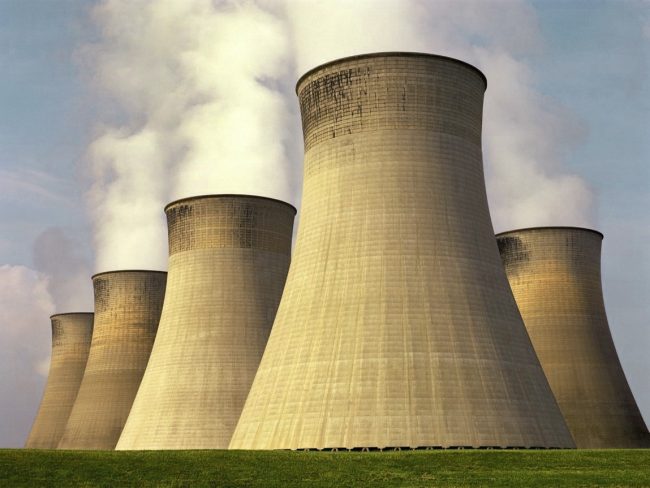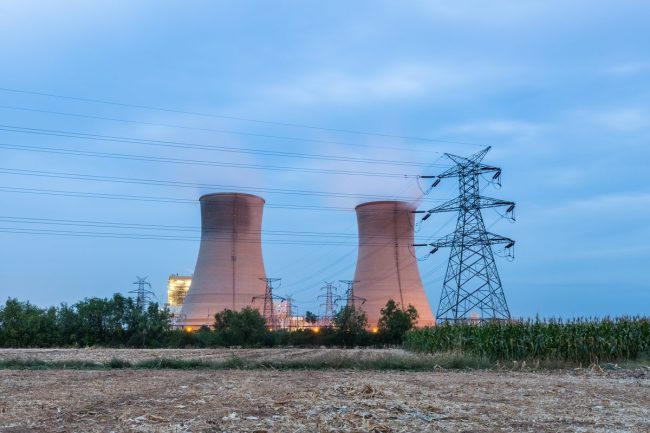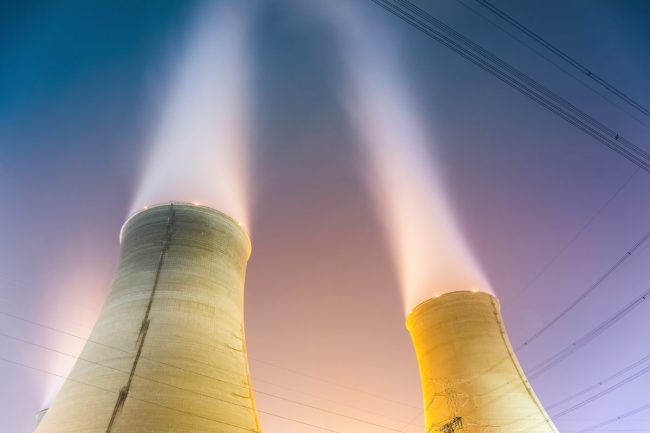Understanding Different Cooling System Towers
🌡️ What is a Cooling Tower? A cooling tower is a large heat rejection system. It removes heat from a building, industrial process, or power plant by cooling water.Hot water is sent into the cooling tower, where it loses heat (mostly through evaporation) and then cycles back to absorb more heat from the system. ⚙️…



